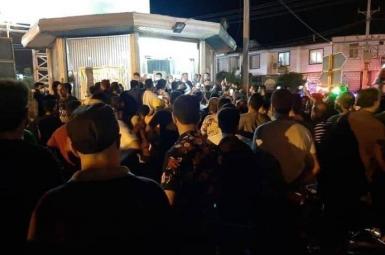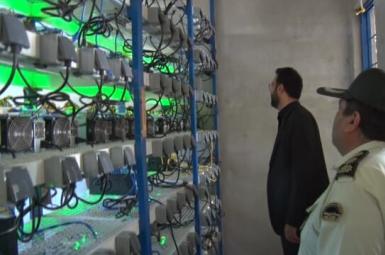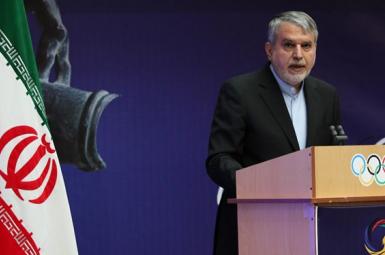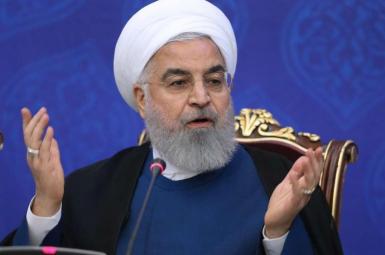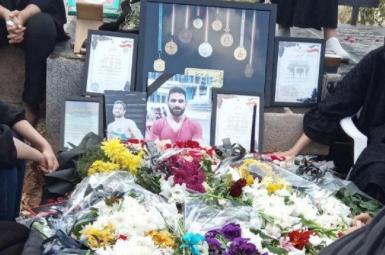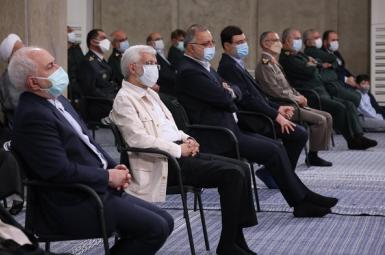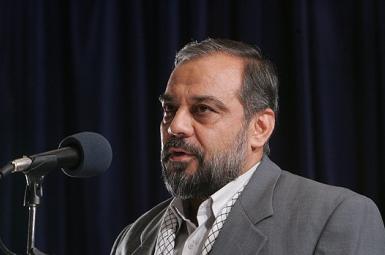
Sudden Widespread Blackouts Hit Tehran And Other Cities In Iran
Large parts of the Iranian capital Tehran and Karaj, a city west of Tehran, as well as other cities were plunged into darkness Saturday night to early Sunday as a result of unannounced power cuts.
The widespread blackout started at 11:00 pm Saturday night, which was not part of scheduled power cuts Iran has experienced in recent months due to insufficient electricity generation and rising demand. In some parts of Tehran power outage continued until 5 am Sunday.
The unexpected and long power cut in mid-summer high temperatures would create discomfort in apartments where air conditioning is essential, as well as unforeseen problems in hospitals. The scheduled power cut was supposed to take place between 8-10 pm on Saturday.
Iran’s power consumption this summer has topped 60,000 megawatts per day, a more than ten percent increase compared with last year, while electricity generation has remained the same at 50,000-56,000 megawatts.
As electricity remains subsidized and cheap, there is no incentive for people to limit its use. It also makes Iran a magnate for cryptocurrency mining by huge computer farms that are consume perhaps up to ten percent of electricity supplies in the country.
A new record high consumption occurred on June 29, when usage rose to over 64,000 megawatts, which despite lower usage by industry, is 9,800 MW higher than the same time last year. Daily usage of cooling systems is around 19,000 MW. Outages are particularly damaging to industries such as food production. But June heatwaves are nothing new in Iran and the 20 percent surge in consumption is hard to explain.
The spokesman of Iran’s electricity network said Saturday that high consumption has increased the gap between power generation and consumption to 11,000 MW a day. State-controlled media Sunday morning was mostly silent about the blackouts and officials were not observed offering any explanation for the sudden power cuts. However, back in April electricity management officials had warned of a “power-outage tsunami” in the summer, predicting that supplies would not keep up with consumption.
The Saturday night outage affected different parts of the capital with its nine million population. Even the center of the city was not spared as power cuts hit western, northern and eastern parts of the city. Street and traffic lights also went dark, which during the day would have caused huge problems. Social media reports Sunday morning said that power cuts still continued in some parts of Tehran and Karaj.
Other cities also experienced unexpected blackouts, including Qazvin, Shahriar, Bandar Abbas on the Persian Gulf with extremely high temperature and humidity, as well as Rasht on the Caspian Sea in the north.
Perhaps the longest and worse power cut happened in the south-eastern Sistan and Baluchistan province struggling with a new Covid-19 surge. The poor and extremely hot region bordering Pakistan lost power most of Saturday, which would affect hospitals struggling to care for Covid patients.
